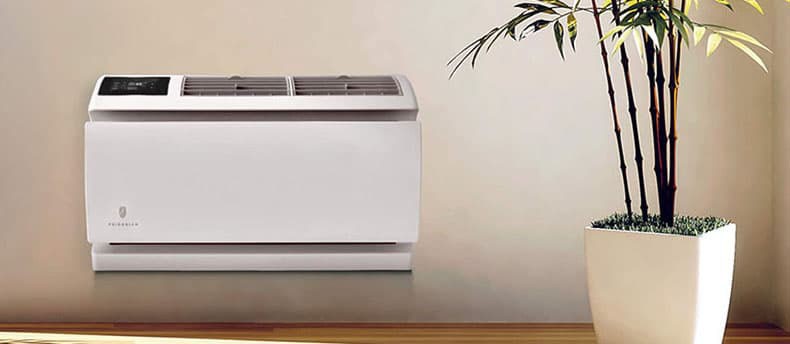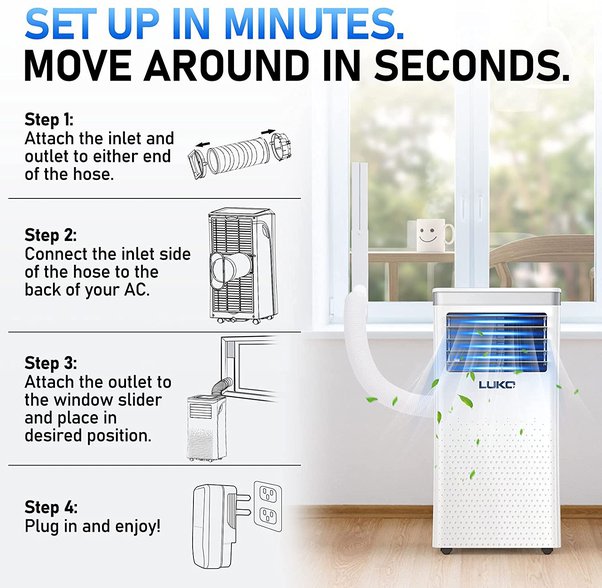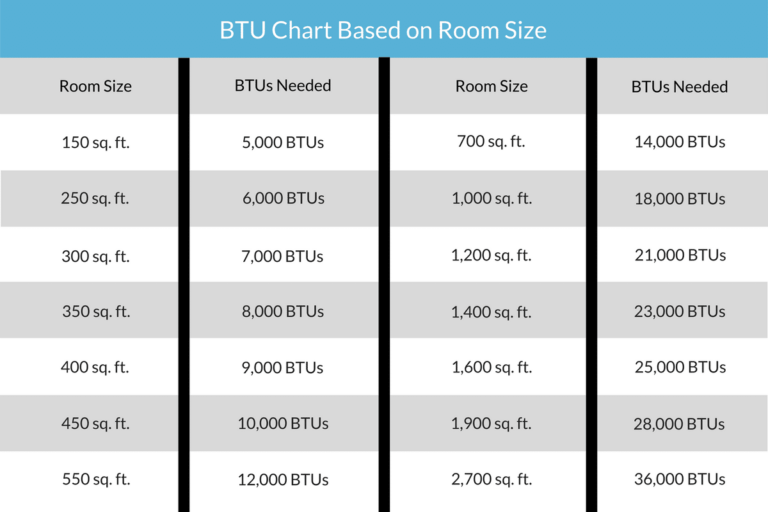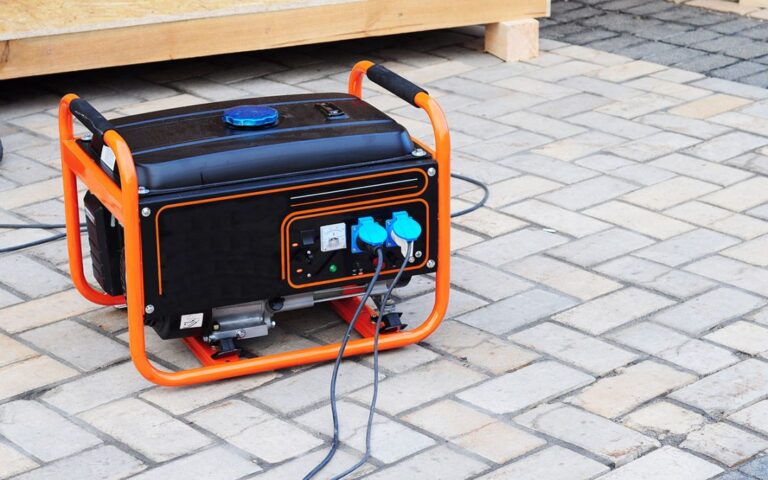Will A Window Air Conditioner Work In A Wall Sleeve? Find Out Now!
A window air conditioner can work in a wall sleeve, but it’s not always ideal. Specific models designed for wall installation are preferable.
Installing an air conditioner can be crucial for comfort, especially during hot seasons. While window air conditioners are popular and effective, their use in a wall sleeve might present challenges. Wall sleeves are designed to support through-the-wall air conditioners, which differ slightly in structure and ventilation needs.
Using a window unit in a wall sleeve may lead to inefficiencies, reduced cooling, and potential damage to the unit. It’s essential to choose the correct type of air conditioner to ensure optimal performance and longevity. Always consult the manufacturer’s guidelines or a professional before making any installation decisions.
Introduction To Window Air Conditioners
Window air conditioners are popular for cooling individual rooms. They are simple, effective, and affordable. This section will explain what they are and their common uses.
What They Are
Window air conditioners are self-contained units. They fit into a window or wall opening. These units remove heat and humidity from the room. They then expel the heat outside. The cooled air is blown back into the room.
| Feature | Description |
|---|---|
| Size | Compact |
| Installation | Window or wall sleeve |
| Power | Various BTUs |
Common Uses
Window air conditioners are often used in homes and offices. They are ideal for cooling single rooms. You can use them in living rooms, bedrooms, or small offices.
- Living Rooms: Cool the main areas of your home.
- Bedrooms: Ensure a comfortable sleep.
- Offices: Maintain a productive work environment.
These units are also great for apartments. They are perfect for renters who need a temporary cooling solution. They can be easily installed and removed.
Window air conditioners are also used in vacation homes. They provide an affordable way to cool spaces that are not used year-round. They are also used in garages and workshops. This keeps the space comfortable while working.
Understanding Wall Sleeves
Wall sleeves play a crucial role in installing air conditioners. They provide a secure and stable housing for the unit. This helps in maintaining the efficiency and safety of your air conditioner. Let’s dive deeper into the purpose and types of wall sleeves.
Purpose Of Wall Sleeves
Wall sleeves are designed to protect air conditioners. They keep the unit in place and shield it from external elements. A well-installed wall sleeve prevents air leaks and water damage. This ensures your air conditioner performs efficiently throughout its lifespan.
- Stability: Keeps the unit securely in place.
- Protection: Shields from external elements like rain and dust.
- Efficiency: Prevents air leaks and enhances performance.
Types Of Wall Sleeves
There are various types of wall sleeves available. Each type is designed for specific air conditioner models and installation requirements. Understanding the different types can help you choose the right one for your needs.
| Type | Description |
|---|---|
| Standard Wall Sleeves | Fits most through-the-wall air conditioners. Easy to install and maintain. |
| Custom Wall Sleeves | Designed for specific brands or models. Offers a perfect fit. |
| Insulated Wall Sleeves | Provides extra insulation. Ideal for extreme weather conditions. |
Choosing the right wall sleeve is essential. It ensures your air conditioner works efficiently. Make sure to check compatibility with your air conditioner model. This will save you time and money in the long run.
Compatibility Check
Ensuring your window air conditioner fits in a wall sleeve requires a careful compatibility check. This process is crucial for optimal performance and safety.
Size And Dimensions
The first thing to consider is the size and dimensions of your window air conditioner. Measure the height, width, and depth of both the air conditioner and the wall sleeve.
| Component | Height | Width | Depth |
|---|---|---|---|
| Window Air Conditioner | 14 inches | 24 inches | 20 inches |
| Wall Sleeve | 15 inches | 25 inches | 21 inches |
Ensure the air conditioner fits snugly into the wall sleeve. A loose fit can cause vibrations and noise. A tight fit ensures better cooling efficiency.
Mounting Requirements
Next, focus on the mounting requirements. A window air conditioner must be securely mounted to work efficiently. Wall sleeves usually have different mounting structures than window frames.
- Check for compatible mounting brackets.
- Ensure the wall sleeve supports the weight of the air conditioner.
- Verify that the sleeve has proper ventilation openings.
Proper mounting ensures the air conditioner stays in place and functions correctly.
Incorrect mounting can lead to poor performance and safety hazards.
Installation Process
Installing a window air conditioner in a wall sleeve can be tricky. But, with the right steps, it becomes manageable. Follow this guide to ensure a smooth installation process.
Preparing The Sleeve
First, measure the wall sleeve to ensure it fits your air conditioner. Clean the sleeve thoroughly to remove any debris. This will help the unit fit snugly.
Use a level to check if the sleeve is even. An uneven sleeve can cause installation issues. Adjust as needed. Also, check the electrical wiring. Ensure it meets the air conditioner’s requirements.
Securing The Unit
Lift the air conditioner with help to avoid injury. Carefully slide it into the sleeve. Ensure it fits securely.
Once in place, secure the unit with screws. Most air conditioners come with their own set of screws. Tighten these screws to hold the unit firmly.
Seal any gaps around the unit with foam or insulation strips. This prevents air leaks and boosts efficiency. Finally, plug in the unit and test it. Ensure it runs smoothly.
| Step | Description |
|---|---|
| Measure | Check the sleeve size |
| Clean | Remove debris from the sleeve |
| Level | Ensure the sleeve is even |
| Check Wiring | Ensure it meets requirements |
| Slide Unit | Insert the air conditioner |
| Secure | Tighten screws to hold the unit |
| Seal Gaps | Use foam or insulation strips |
| Test | Ensure the unit runs smoothly |
Follow these steps for a successful installation. This ensures your air conditioner works efficiently in a wall sleeve.
Performance Considerations
Before installing a window air conditioner in a wall sleeve, consider its performance. Key factors include cooling efficiency and energy consumption. These will affect comfort and energy bills.
Cooling Efficiency
A window air conditioner in a wall sleeve may affect cooling efficiency. Wall sleeves can restrict airflow around the unit. This can reduce the cooling capacity of the air conditioner. Ensure the sleeve size matches the unit’s specifications. This will help maintain optimal performance.
Check the BTU rating of the air conditioner. The BTU rating indicates the cooling power. A higher BTU rating means better cooling performance. Use an air conditioner with the right BTU rating for your room size.
| Room Size (sq. ft.) | Recommended BTU Rating |
|---|---|
| 150 – 250 | 6,000 |
| 250 – 350 | 8,000 |
| 350 – 450 | 10,000 |
| 450 – 550 | 12,000 |
Energy Consumption
Installing a window air conditioner in a wall sleeve can impact energy consumption. Proper installation is crucial. Poor installation can lead to air leaks. Air leaks cause the unit to work harder. This increases energy use.
Seal any gaps around the air conditioner. Use weather stripping or foam insulation. This helps prevent air leaks. A well-sealed unit operates more efficiently.
Choose an air conditioner with an Energy Star rating. Energy Star-rated units consume less energy. They save money on energy bills. They are also better for the environment.
- Check the unit’s EER (Energy Efficiency Ratio).
- A higher EER means better energy efficiency.
- Look for units with programmable timers and thermostats.
These features help optimize energy use. They ensure the air conditioner runs only when needed.
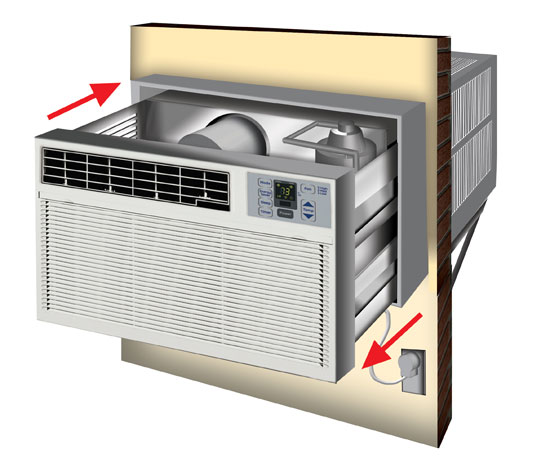
Credit: www.ajmadison.com
Potential Challenges
Installing a window air conditioner in a wall sleeve poses several challenges. These issues can affect the unit’s performance and longevity. Here we discuss some of the major challenges.
Structural Issues
Structural issues can arise when placing a window air conditioner in a wall sleeve. The wall sleeve may not support the unit’s weight. This can lead to damage over time. The sleeve dimensions might not match the air conditioner’s size. This mismatch creates gaps and instability.
Improper installation can also cause structural problems. Make sure to secure the unit firmly within the sleeve. Use brackets or other supports if needed. This ensures the air conditioner stays in place.
Weatherproofing Concerns
Weatherproofing concerns are crucial when installing a window air conditioner in a wall sleeve. The gaps between the unit and the sleeve can let in outside elements. Rainwater and wind can enter through these gaps. This can lead to water damage and reduced efficiency.
Use weatherstripping to seal these gaps effectively. This helps keep out moisture and drafts. Check the seals regularly to ensure they remain intact. Replace them if they show signs of wear.
Additionally, insulation is important for energy efficiency. Poor insulation can lead to higher energy bills. Use foam or other insulating materials around the unit. This helps maintain a consistent indoor temperature.
Maintenance Tips
Keeping your window air conditioner in a wall sleeve properly maintained is key. Proper maintenance ensures it works efficiently and lasts longer. Below, find some essential maintenance tips to keep your unit in top shape.
Cleaning The Unit
Regularly cleaning your air conditioner is crucial. Dust and dirt can affect performance. Follow these steps to clean your unit:
- Turn off and unplug the unit.
- Remove the front cover carefully.
- Use a vacuum with a brush attachment to remove dust.
- Clean the filters with warm water and mild detergent.
- Let the filters dry completely before reinstalling.
Ensure you clean the unit at least once a month. Dirty filters can reduce airflow and efficiency. Clean filters help your unit cool better.
Regular Inspections
Regular inspections can prevent major issues. Inspect the unit every three months for any signs of wear. Here are some key points to check:
- Inspect the power cord for any damage.
- Check the cooling fins for bent or damaged parts.
- Ensure the drainage system is clear of blockages.
- Listen for any unusual noises from the unit.
Address any issues immediately to prevent further damage. Regular checks can save you time and money in the long run.
| Inspection Task | Frequency |
|---|---|
| Clean Filters | Monthly |
| Check Power Cord | Quarterly |
| Inspect Cooling Fins | Quarterly |
| Clear Drainage System | Quarterly |
By following these maintenance tips, your window air conditioner will work efficiently. Proper care ensures you stay cool and comfortable all summer long.
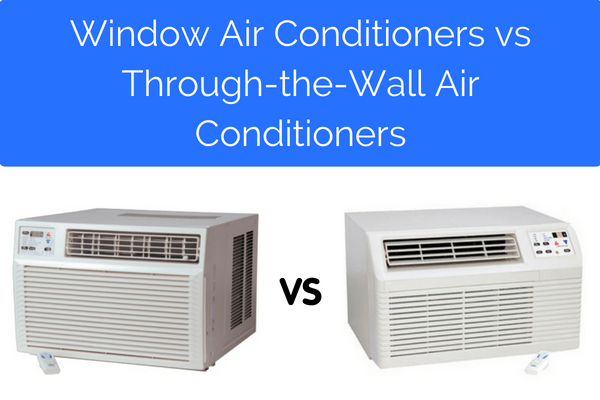
Credit: blog.totalhomesupply.com
Alternative Solutions
When you cannot fit a window air conditioner into a wall sleeve, alternative solutions can come to the rescue. Here, we explore some effective options for cooling your space.
Through-the-wall Units
Through-the-wall units are designed specifically for wall installations. Unlike window air conditioners, these units are perfect for wall sleeves. They provide efficient cooling and are aesthetically pleasing.
Here are some benefits of through-the-wall units:
- Energy-efficient operation
- Permanent installation ensures stability
- Better insulation compared to window units
Table: Comparison of Through-the-Wall Units vs. Window Air Conditioners
| Feature | Through-the-Wall Units | Window Air Conditioners |
|---|---|---|
| Installation | Permanent | Temporary |
| Energy Efficiency | Higher | Lower |
| Insulation | Better | Poor |
Portable Air Conditioners
Portable air conditioners are another viable option. These units are flexible and easy to move around. They do not require permanent installation.
Benefits of portable air conditioners:
- Mobility allows cooling different rooms
- Easy installation with no need for wall sleeves
- Cost-effective solution for small spaces
Tip: Ensure the portable unit has a proper exhaust system.
Portable air conditioners are ideal for renters. They provide cooling without altering the structure.

Credit: www.youtube.com
Frequently Asked Questions
Can You Put Window AC in A Wall Sleeve?
Yes, you can put a window AC in a wall sleeve. Ensure proper support and seal any gaps for efficiency.
What’s The Difference Between A Sleeve Air Conditioner And A Window Air Conditioner?
A sleeve air conditioner is installed through a wall, while a window air conditioner is installed in a window frame.
Why Do Wall AC units Need A Sleeve?
Wall AC units need a sleeve for support and stability. Sleeves protect the unit and the wall, preventing damage.
Conclusion
A window air conditioner can work in a wall sleeve with some adjustments. Ensure proper sealing and support for optimal performance. Consult your unit’s manual for specific instructions. By following these steps, you can enjoy efficient cooling without complications. Always prioritize safety and proper installation for the best results.

